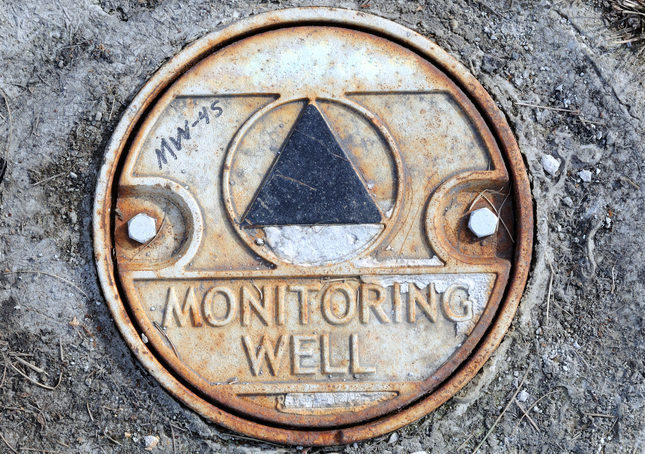On June 20, 2017, the Chemours Company announced that it will now “capture, remove, and safely dispose of wastewater that contains the byproduct GenX,” from North Carolina’s Cape Fear River — a main supply source for the City of Wilmington’s drinking water.
The announcement last week comes on the heels of reports that the EPA is investigating whether Chemours complied with a 2009 order issued under the Toxic Substances Control Act (TSCA) that allowed DuPont (from which Chemours was spun-off) to produce GenX in its …
Continue Reading







